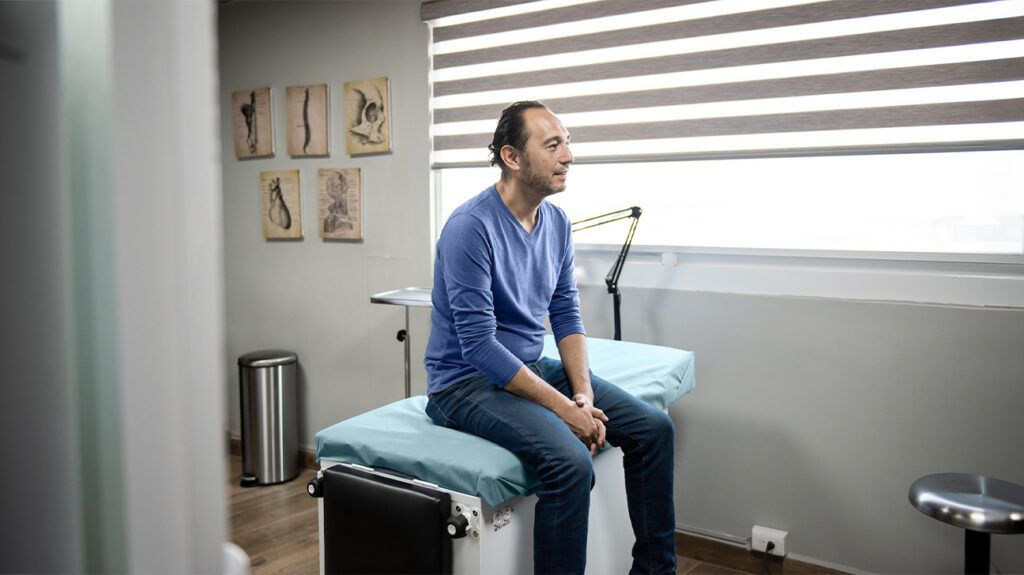For prostate cancer that has not spread, surgery and radiation therapy have similar success rates. When choosing between the two, doctors may consider the cancer type and stage as well as a person’s overall health and preferences.
Surgery involves removing the prostate gland, while radiation therapy uses high energy waves to destroy prostate cancer cells. Doctors may use one of these treatments alone or use the two treatments together.
While there is no definitive answer to which treatment is better, understanding the differences can help people make an informed decision about their care.
This article compares prostate cancer surgery to radiation therapy, including their benefits, side effects, risks, costs, and recovery.

According to the
Treatment choices often depend on a person’s overall health and preference, as well as the level of risk for each type of treatment.
Surgery for prostate cancer
If a person is generally in good health, a doctor may recommend surgery. Sometimes, surgery alone can
Surgery for prostate cancer involves removing the entire prostate gland in a procedure known as a radical prostatectomy. Surgeons may also remove some surrounding tissue.
A radical prostatectomy involves cutting the tube that connects the testes, which make sperm, to the urethra. This means a person who undergoes this surgery can no longer conceive a child through typical methods. However, there are options for fertility preservation, such as using a sperm bank.
Radiotherapy for prostate cancer
Radiation is another approach that
- the cancer is slow-growing and localized
- surgery is not possible or has high risks
- surgery does not entirely remove the cancer
- the cancer comes back
Doctors may use either treatment alone or use both treatments in combination, depending on the situation. Either way, the outlook is generally positive.
Data from between 2013 and 2019 suggests that, compared with people without prostate cancer, those with localized prostate cancer are
Eligibility for prostate cancer treatments depends on several factors, including the stage of cancer and the person’s overall health, age, and preferences.
Doctors
- the person is under 75 years old and is likely to live for at least 10 more years
- the cancer has not spread beyond the prostate
- there is a high likelihood that surgery will remove all the cancer
- the person can tolerate the risks of surgery and anesthesia
If a person does not meet these or similar criteria, doctors may consider radiation therapy. For the best results, some doctors may use a combination of treatments, which could also include hormone blocking therapy.
Surgery and radiation treatments both have the potential for immediate and long-term complications.
Surgery
Surgery for prostate cancer can have the same risks as other surgeries,
- pain
- reactions to anesthesia
- bleeding and bruising
- infections
- damage to surrounding tissues, nerves, or organs
- blood clots in the legs
Prostate removal surgery also has some specific risks, including:
- bladder incontinence
- erectile dysfunction
- change in penis length
- increased risk of a groin hernia
Radiation
Radiation therapy generally has fewer immediate risks than surgery. However, it can cause short-term side effects
- rectal bleeding
- diarrhea
- urinary problems
- fatigue
- dry mouth
- nausea
- loss of appetite
- constipation
In some cases, radiation therapy may also cause long-term complications such as:
- erectile dysfunction
- bowel function problems
- urinary problems
There is also
A
However, what a person pays depends on several factors, including:
- location
- the specific hospital or clinic
- insurance coverage
- treatment complexity
- need for additional therapies
- follow-up care
Recovery times and experiences can vary significantly between surgery and radiation for prostate cancer.
Surgery
Recovery from surgery depends on the procedure a person undergoes. The procedure may be:
- laparoscopic surgery, which involves using very small incisions to access the prostate
- robotic-assisted laparoscopic surgery, in which a doctor operates a robotic arm to carry out the surgery
- open surgery, which involves making a larger incision
In comparison to open surgery, robotic-assisted surgery tends to involve:
- a quicker recovery time
- s shorter hospital stay
- less pain and blood loss
After surgery, people usually stay in the hospital for
The recovery period at home can take several weeks. During this time, a person may experience pain, fatigue, and limited mobility.
Common short-term issues, such as urinary incontinence, may take several months to improve. Physical therapy and pelvic floor exercises may aid recovery.
Radiation therapy
Recovery from radiation therapy can vary. Some people experience only short-term side effects, which may develop gradually during treatment and then improve after treatment ends. Others may have long-term side effects that take months to improve or require ongoing management.
Some people may receive radiopharmaceuticals, which are drugs that contain radioactive elements. These drugs can cause kidney problems, so the person should drink lots of liquids to help flush the radiation from their body and protect their bladder and kidneys.
A person’s healthcare team may also advise them to avoid close contact with others, particularly pregnant people and children, for a few days after treatment.
People usually receive radiation treatment in an outpatient setting and return home the same day. For most types of external radiation, people receive
Below are some answers to frequently asked questions about prostate cancer treatment.
What is the regret rate for prostate surgery?
A 2023 review of previous research suggests that around 20% of people regret their choice of prostate cancer treatment. The rates of regret for radiotherapy and surgery are very similar, with 19% regretting radiotherapy and 18% regretting prostate surgery.
The rate for active surveillance is slightly lower, at 13%.
How much penis length do you lose from prostate surgery?
Not everyone who has a prostatectomy loses penis length. In fact, a
Those who do not regain the length may lose 2.35 centimeters (0.92 inches) on average.
For localized prostate cancer, both surgery and radiation are effective treatments — either one can potentially cure the condition. However, each option has some advantages and disadvantages that can make it more or less suitable for each person.
Surgery may be appropriate when doctors are confident that they can remove all the cancer. If not, they may use radiation therapy instead of or in combination with surgery. Radiation therapy can also be suitable for people who cannot undergo surgery or do not want to.
These are not always the only treatment options for prostate cancer. People should discuss their next steps in detail with a healthcare professional to understand the benefits and risks of each option.


